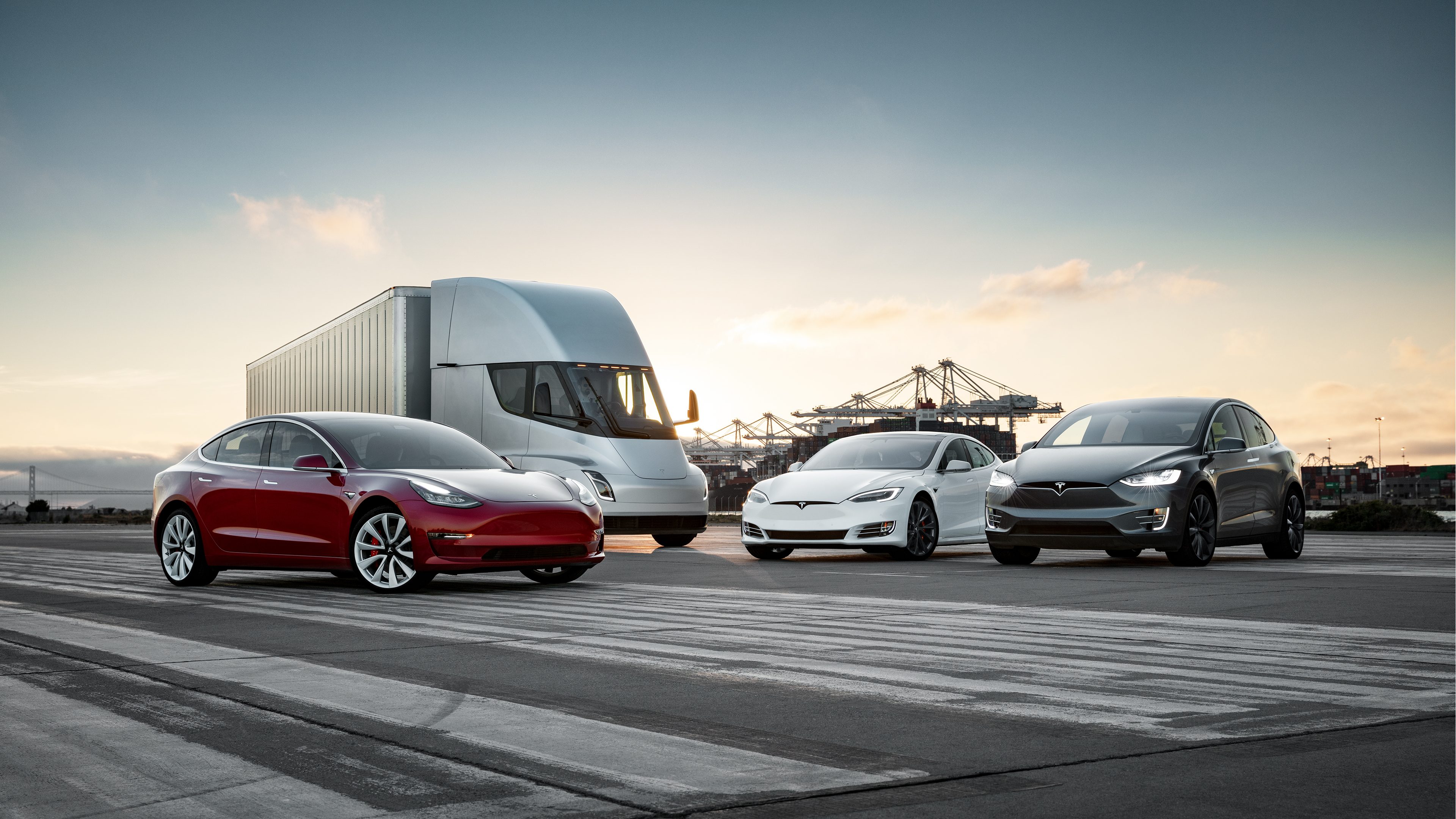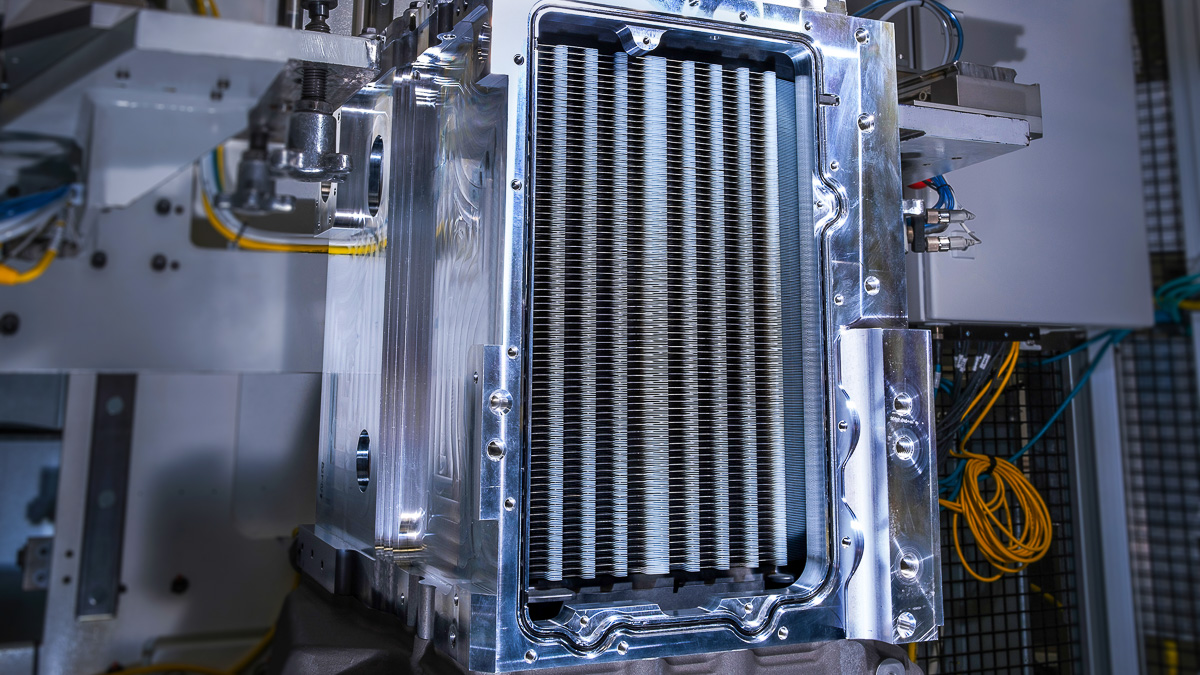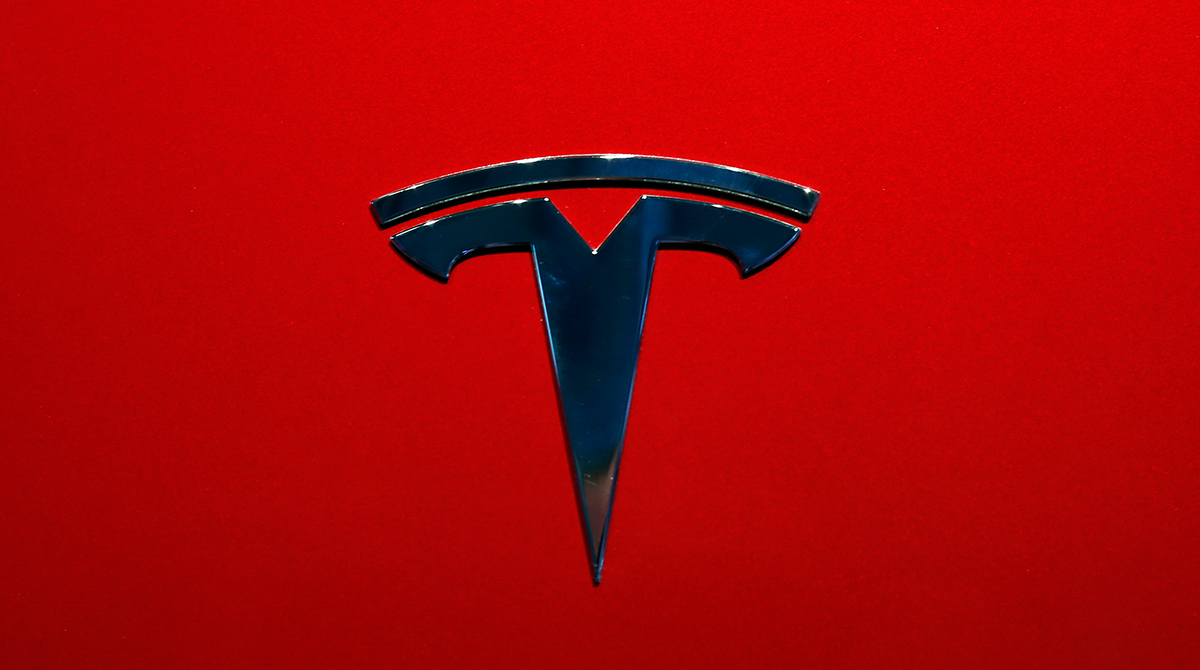Tesla produced a record 86,555 Model 3, Model S and Model X vehicles in the fourth quarter while delivering 90,700 vehicles. The stats do look great for a company that started of the year building less than 1000 Model 3s in a week.
But there were plenty of hidden gems within Tesla’s production and delivery press release. Let the decoding begin.
Our Q4 Model 3 deliveries were limited to mid- and higher-priced variants, cash/loan transactions, and North American customers only
Tesla critics expected Tesla’s fourth-quarter deliveries to fizzle out as the company kept running through its reservation backlog at a furious pace.
Tesla delivered an estimated 78k Model 3s in the first nine months of the current fiscal. Short sellers argued that Tesla had already exhausted its backlog, and delivering 65k Model 3s in the fourth quarter is an improbable task. Some even took to Twitter to post pictures of Model 3s waiting in the parking lot.
But despite keeping Model 3 above the $45,000 price point, Tesla delivered 63,150 Model 3 EV’s in the fourth quarter of 2018.
More than three-quarters of Model 3 orders in Q4 came from new customers, rather than reservation holders
The short sellers were indeed correct when they kept saying Tesla has exhausted its Model 3 reservation backlog. Just a quarter of orders in Q4 came from reservation holders, as many of them are still waiting for the $35,000 standard battery Model 3. But the shorts missed out on estimating new orders.
As production ramped up through the year, Tesla kept shrinking its delivery timeline – from nearly six months at the start of the year to same day delivery at the end of the year.
The shrinking timeline helped Tesla draw a new pool of customers to its fold. If three-quarters of Q4 orders came from non-reservation holders, Tesla must have had more than 47,000 new customers in the quarter.
Spread over 13 weeks, that’s a new order flow of 3,615 units per week.
3000 units per week is a little bit better than the current average for cars above $35,000, because Mercedes Benz sold 77,446 units of C Class and 49,473 E Class series in 2017, while BMW sold 99,083 units of 3/4 series and 40,658 units of 5 series in 2017
1,010 Model 3 vehicles and 1,897 Model S and X vehicles were in transit to customers at the end of Q4
In the third quarter earnings call, Musk spoke in detail about the average time Tesla takes to deliver cars and how the company can improve capital efficiency just by reducing the factory to customer hands time.
He said, “In August, the average time in North America to get a car from the factory to a customer was 30 days, which is embarrassingly long. By the end of the quarter, we’ve reduced it to around 20 days. And our goal in Q4 – this is a goal, not a promise. But our goal is to get the average time of the car from factory to customer under 10 days.
This is a giant improvement in the capital efficiency of the
12,184 – The number of Model 3, Model S and Model X vehicles that were in transit at the end of the third quarter. Tesla reduced it to 2,907 units in transit at the end of the fourth quarter. Just 3.3% of Q4 production.
International deliveries in Europe and China will start in February 2019. Expansion of Model 3 sales to other markets, including with a right-hand drive variant, will occur later in 2019.
The Premium sedan market in Europe and China is larger than North America. If Tesla can deliver an average of more than 3,000 Model 3 Vehicles in the United States, the company will certainly look to better that record in International Markets, Europe and China in particular.
We started the year with a delivery run rate of about 120,000 vehicles per year and ended it at more than 350,000 vehicles per year three-quarters
A three-fold improvement in production in 12 months. If the current run-rate is 350,000 vehicles, Tesla is now building approximately 6,730 units of Model 3, Model S and Model X every week.
Since we already know Tesla can build around 2,000 units of Model S and Model X every week, Model 3 production is still averaging below 5,000.
Bloomberg Tracker accurately (almost) predicted Q4-18 Model 3 Production figures
When we checked Bloomberg Tracker on 1st January 2019, the tracker was showing 60,862 units of Model 3 production in the fourth quarter, just 532 units short of actual figures. The tracker was off by just 0.86%, which is as good as you can get for any third party forecast.
Data Sources: Tesla Q4-2018 Vehicle Production and Delivery SEC filing, BMW & Mercedes Benz sales data provided by Carsalesbase



